Is my mango seed dead?
eointremont
11 years ago
Featured Answer
Comments (33)
eointremont
11 years agoRelated Professionals
Prairie Ridge Landscape Architects & Landscape Designers · Goodyear Landscape Contractors · Wakefield Landscape Contractors · Bowie Landscape Contractors · Clayton Landscape Contractors · Hayden Landscape Contractors · Lehigh Acres Landscape Contractors · Lemont Landscape Contractors · Munster Landscape Contractors · Pikesville Landscape Contractors · Riverhead Landscape Contractors · Ronkonkoma Landscape Contractors · Seymour Landscape Contractors · Vineyard Landscape Contractors · Goldenrod Landscape ContractorsHawaiiFruitGrower
11 years agotropicbreezent
11 years agosapote
11 years agosapote
11 years agotropicbreezent
11 years agosapote
11 years agotropicbreezent
11 years agosapote
11 years agoeointremont
11 years agosapote
11 years agoeointremont
11 years agosapote
11 years agoeointremont
11 years agoeointremont
11 years agosapote
11 years agoeointremont
11 years agosapote
11 years agoeointremont
11 years agoSaching556
10 years agosapote
10 years agoMadMike1970
10 years agoMadMike1970
10 years agoMadMike1970
10 years agoMadMike1970
10 years agojosh4177
6 years agotropicbreezent
6 years agojosh4177
6 years agotropicbreezent
6 years agojosh4177
6 years agocwlucking
6 years agocwlucking
6 years ago
Related Stories

CONTAINER GARDENS8 Easy Container Plants to Grow From Seed
Get beautiful blooms and herbs in summer by starting these choice garden picks from seed in spring
Full Story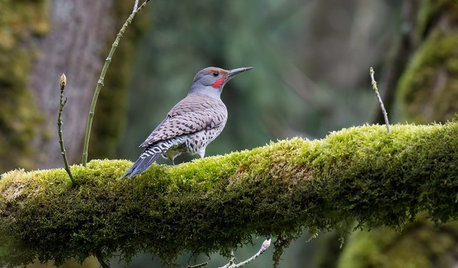
GARDENING GUIDESBackyard Birds: Healthy Home Habitats for Northern Flickers
These colorful woodpeckers found across the U.S. and Canada love berries, seeds and ants and often nest in deep burrows in trees
Full Story
GARDENING FOR BUTTERFLIESA Quick-Start Guide to Bird-Watching for Fun and Learning
Set out some seed and grab your field guide. Bird-watching is an easy, entertaining and educational activity for the whole family
Full Story
FALL GARDENINGBe Your Own Wildflower Nursery
Gather seeds from your garden in fall, and you'll have a selection of plants for next year — without spending a dime
Full Story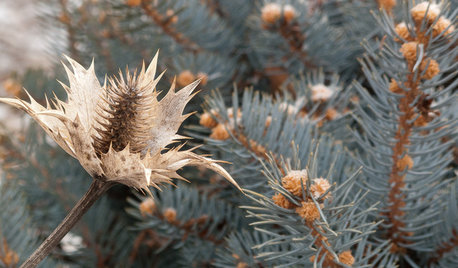
WINTER GARDENINGInspiring Winter Scenes From the Denver Botanic Gardens
Use seed heads, bare branches and grasses to design lovely garden displays when the ground is frozen
Full Story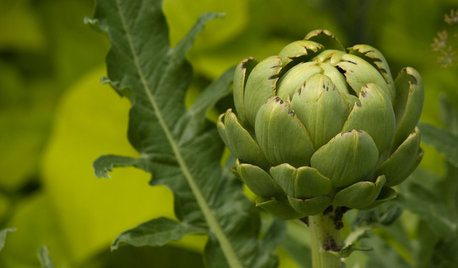
GARDENING GUIDESYour Garden Is Stirring — Here’s What to Do in February
February is a good time to start seeds, shape up shrubs and watch for the earliest blooms. Here’s what to do in your part of the U.S. now
Full Story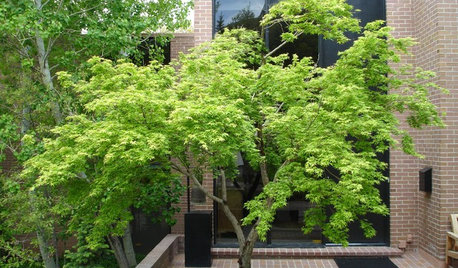
ROCKY MOUNTAINS GARDENINGRocky Mountain Gardener's February Checklist
Get smart with your seeds, strike with oil to manage pests and practice proficient pruning — your trees and shrubs will thank you
Full Story0
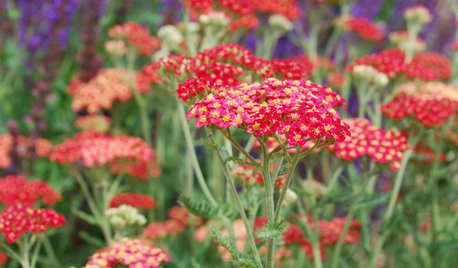
GARDENING GUIDESTexas Gardener's February Checklist
Show roses some love around Valentine's Day and set the stage for future garden growth with seeds and starts
Full Story
GARDENING GUIDESPacific Northwest Gardener: What to Do in July
Deadheading spent flowers, keeping up with watering and starting seeds indoors are the biggest gardening tasks for July
Full Story0
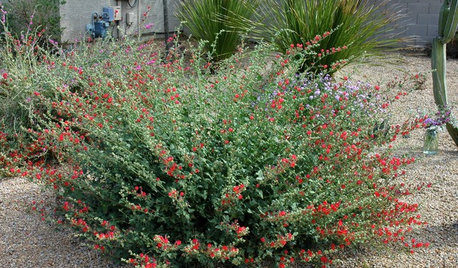
GARDENING GUIDESSouthwest Gardener's February Checklist
Orange you glad for a citrus-fertilizing reminder? And don't forget the recommended doses of vegetable seeds and cold-hardy flowers
Full StoryMore Discussions






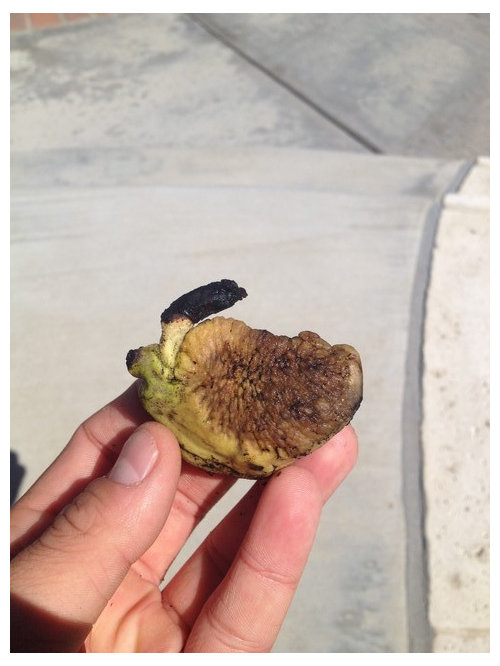

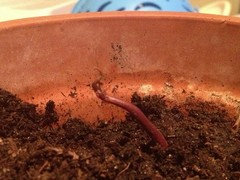

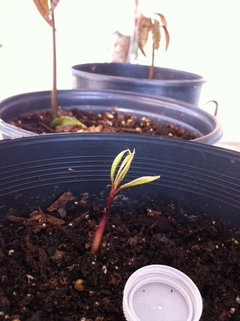
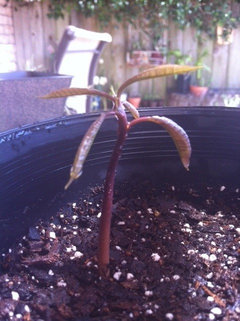

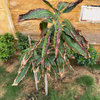
HawaiiFruitGrower